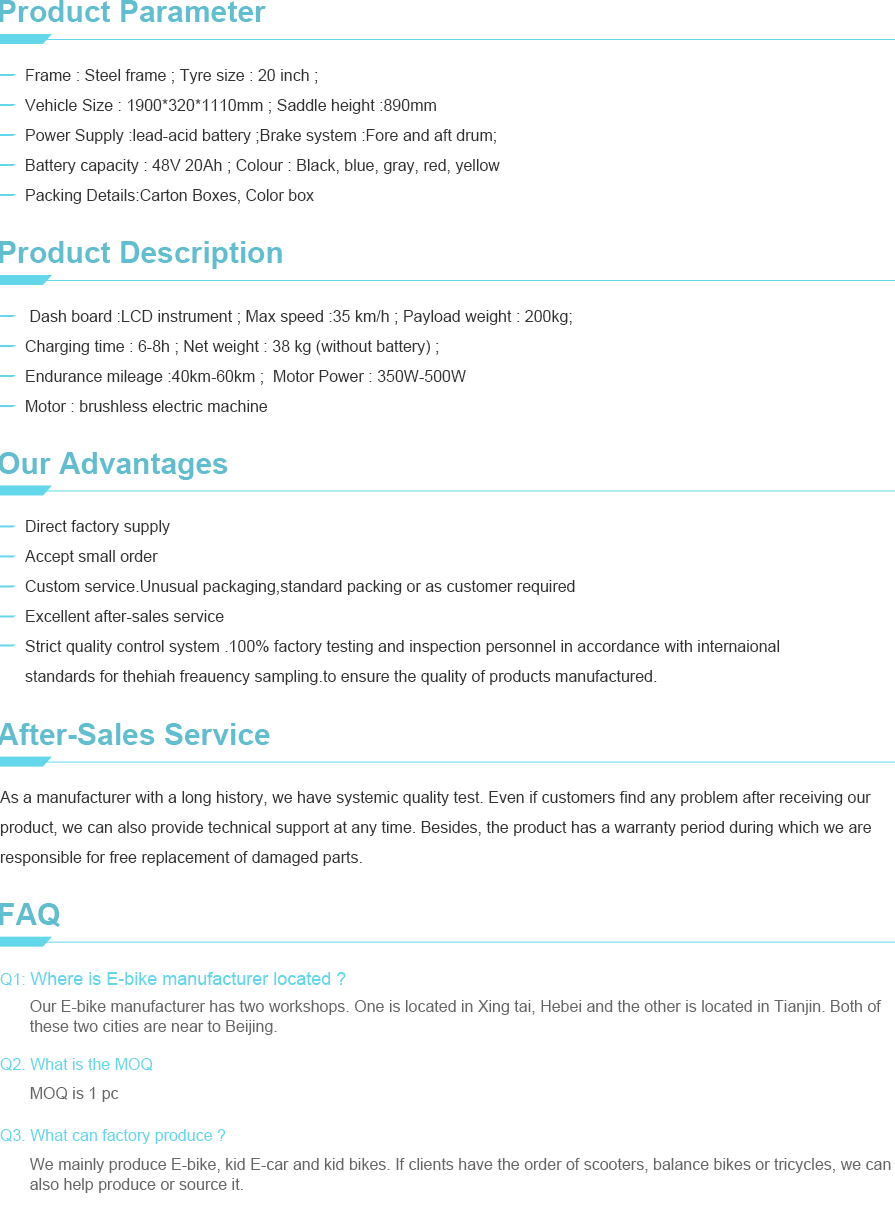
- Afrikaans
- Albanian
- Amharic
- Arabic
- Armenian
- Azerbaijani
- Basque
- Belarusian
- Bengali
- Bosnian
- Bulgarian
- Catalan
- Cebuano
- Corsican
- Croatian
- Czech
- Danish
- Dutch
- English
- Esperanto
- Estonian
- Finnish
- French
- Frisian
- Galician
- Georgian
- German
- Greek
- Gujarati
- Haitian Creole
- hausa
- hawaiian
- Hebrew
- Hindi
- Miao
- Hungarian
- Icelandic
- igbo
- Indonesian
- irish
- Italian
- Japanese
- Javanese
- Kannada
- kazakh
- Khmer
- Rwandese
- Korean
- Kurdish
- Kyrgyz
- Lao
- Latin
- Latvian
- Lithuanian
- Luxembourgish
- Macedonian
- Malgashi
- Malay
- Malayalam
- Maltese
- Maori
- Marathi
- Mongolian
- Myanmar
- Nepali
- Norwegian
- Norwegian
- Occitan
- Pashto
- Persian
- Polish
- Portuguese
- Punjabi
- Romanian
- Russian
- Samoan
- Scottish Gaelic
- Serbian
- Sesotho
- Shona
- Sindhi
- Sinhala
- Slovak
- Slovenian
- Somali
- Spanish
- Sundanese
- Swahili
- Swedish
- Tagalog
- Tajik
- Tamil
- Tatar
- Telugu
- Thai
- Turkish
- Turkmen
- Ukrainian
- Urdu
- Uighur
- Uzbek
- Vietnamese
- Welsh
- Bantu
- Yiddish
- Yoruba
- Zulu
Jan . 24, 2025 02:29 Back to list
29 inch electric bike
Exploring the dynamics of pure electric bike pricing unveils a fascinating interplay of technology, market forces, and consumer demand. Pure electric bikes, or e-bikes, have surged in popularity, offering an environmentally friendly and cost-effective transportation alternative. However, the price of these bikes can vary widely due to several key factors, which we will explore to offer a comprehensive understanding.
The competitive landscape within the industry also impacts pricing. As more manufacturers enter the market, competition can drive prices down, encouraging innovation and the introduction of budget-friendly models. Companies must also navigate economic variables such as tariffs, import duties, and fluctuating raw material prices, which can affect production costs and ultimately consumer prices. Consumer demand is a dynamic element, shifting the pricing scale of electric bikes. As urban areas strive to reduce carbon footprints and create sustainable transport infrastructures, the push for e-bike adoption grows. This rising demand can lead to economies of scale for manufacturers, potentially bringing down the unit cost as production ramps up. Seasonal variations also play a role, with demand peaking during warmer months, sometimes leading to promotional pricing or discounts. Navigating the pure electric bike market requires a blend of consumer education and strategic decision-making. Understanding the lifecycle and reliability of components is paramount. Potential buyers benefit from researching brand reputation, warranty offerings, and customer reviews to ensure they invest in a trustworthy product. Trusted brands often have established after-sales support and service networks, contributing to an overall higher initial purchase cost but providing peace of mind in terms of product longevity and maintenance. In conclusion, the price of pure electric bikes is a multifaceted consideration influenced by technological advancements, production costs, market competition, and consumer demand. Savvy consumers are encouraged to evaluate the balance between cost and features to select a bike that meets their needs without compromising on quality and reliability. The evolving nature of the e-bike industry promises continuous innovations and exciting prospects for making e-biking an accessible and viable transportation alternative for all.


The competitive landscape within the industry also impacts pricing. As more manufacturers enter the market, competition can drive prices down, encouraging innovation and the introduction of budget-friendly models. Companies must also navigate economic variables such as tariffs, import duties, and fluctuating raw material prices, which can affect production costs and ultimately consumer prices. Consumer demand is a dynamic element, shifting the pricing scale of electric bikes. As urban areas strive to reduce carbon footprints and create sustainable transport infrastructures, the push for e-bike adoption grows. This rising demand can lead to economies of scale for manufacturers, potentially bringing down the unit cost as production ramps up. Seasonal variations also play a role, with demand peaking during warmer months, sometimes leading to promotional pricing or discounts. Navigating the pure electric bike market requires a blend of consumer education and strategic decision-making. Understanding the lifecycle and reliability of components is paramount. Potential buyers benefit from researching brand reputation, warranty offerings, and customer reviews to ensure they invest in a trustworthy product. Trusted brands often have established after-sales support and service networks, contributing to an overall higher initial purchase cost but providing peace of mind in terms of product longevity and maintenance. In conclusion, the price of pure electric bikes is a multifaceted consideration influenced by technological advancements, production costs, market competition, and consumer demand. Savvy consumers are encouraged to evaluate the balance between cost and features to select a bike that meets their needs without compromising on quality and reliability. The evolving nature of the e-bike industry promises continuous innovations and exciting prospects for making e-biking an accessible and viable transportation alternative for all.
Next:
Latest news
-
The Ultimate Kids' Four-Wheeler Experience
NewsJul.09,2025
-
The Ultimate Guide to Mountain Bikes: Gear Up for Your Ride
NewsJul.09,2025
-
The New Age of Cycling: Electric Bikes for Every Rider
NewsJul.09,2025
-
The Best Kids Bicycles: Ride in Style and Safety
NewsJul.09,2025
-
The Best 3-Wheel Scooters for Kids: Fun, Safety, and Adventure
NewsJul.09,2025
-
Revolutionize Your Ride: Affordable Electric Bikes
NewsJul.09,2025
-
Finding the Perfect Mountain Bike for Every Rider
NewsJul.09,2025



